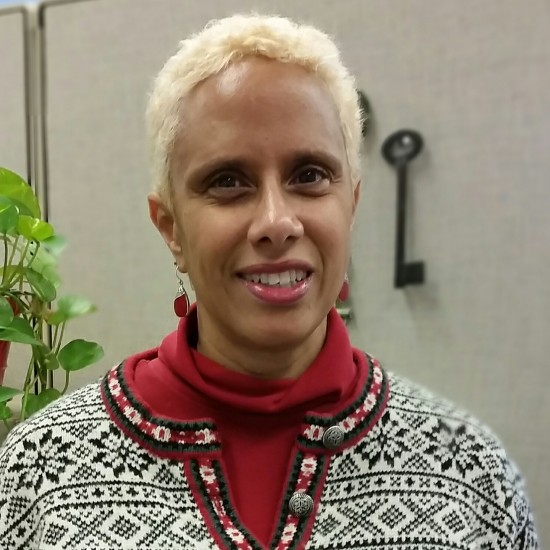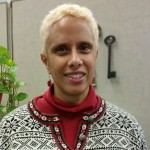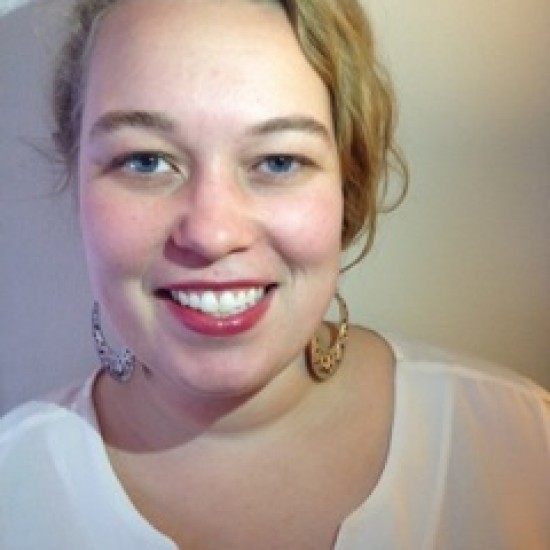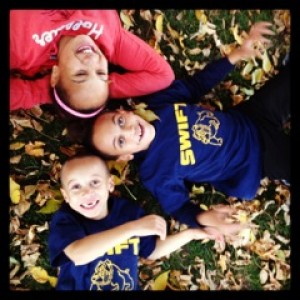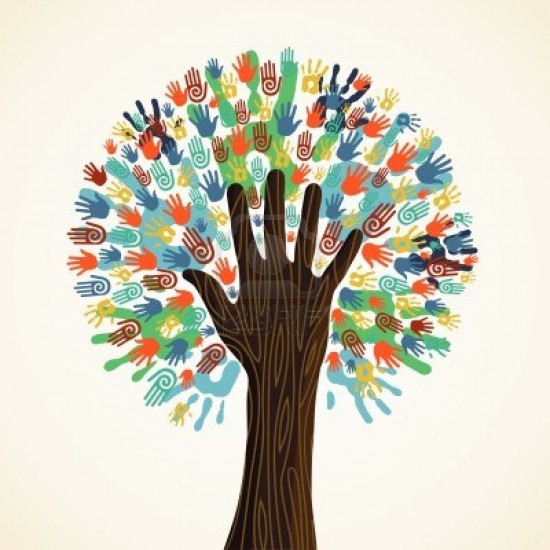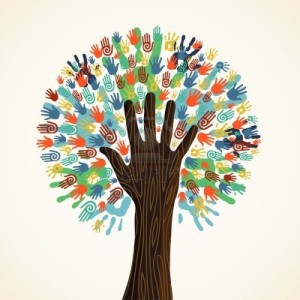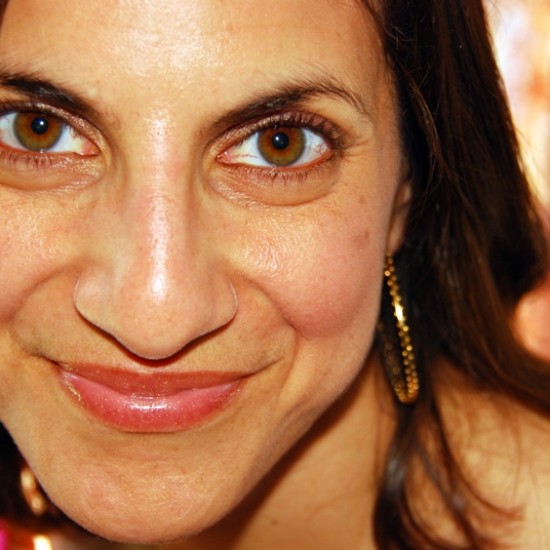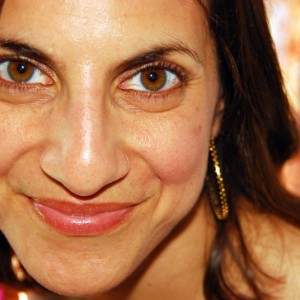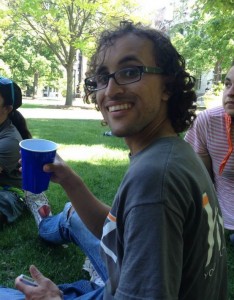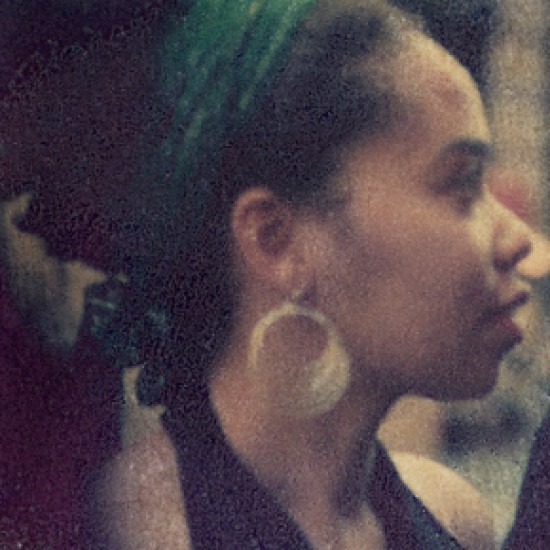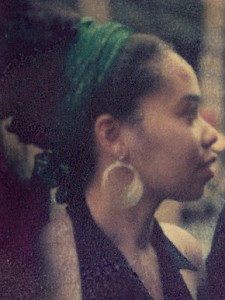Mother’s Eulogy_2015
On our Mother’s birthday a couple of years ago, I wrote this essay about Minnie. To be honest, on this solemn occasion, no reverence, can truly capture her life’s journey.
Our mother just turned eighty-six. She’s not your normal octogenarian; she still slings baseballs overhand to Zeus, my sister Monica’s Rottweiler, to fetch. By any measure, that’s extraordinary. But, then again, nothing about Minnie is ordinary.
She’s a force of nature; the person in charge. No Leave it to Beaver June Cleaver type; she doesn’t abide the Norman Rockwell paradigm. Minnie is infinitely more independent, immensely more passionate, and unapologetically less servile.
In short, she’s a woman ahead of her time; a spitfire. A woman who doesn’t lament the past; a woman who bridged the generation gaps, who served as the head of the family long before feminism was defined, took hold, and became a social norm.
Our mother grew up on Riverside Drive, a predominately Latino neighborhood in west Tucson, Arizona. It didn’t take Minnie long to learn, that at the time, the Westside part of town offered her few opportunities.
She learned early to cope with adversity and became skilled at adapting to the circumstances at hand. She discovered that life most favored those who relished the challenges it had to offer.
She inhaled her formative years, intuitively aware that her youth was fleeting, perceptive to the fact that her surroundings and circumstances would determine her fate.
Not prone to indecision, she forged ahead, planted her roots on Valencia Road at the southernmost edge of town and, shortly thereafter, started her family.
At the time, Valencia was a bumpy, caliche-rutted two-lane dirt road leading to the Santa Cruz river and the Papago Indian reservation – and as our mother knew, to places far beyond.
Valencia, as Minnie saw it, served as a buffer, a dry, creosote, shrub-laden moat that protected her family from other-worldly in- trusions, delineation from which to launch her children to future endeavors.
As I’ve grown older I find myself reminiscing more about Mother. I remember how she wore her favorite straw sunbonnet while tending to a variety of red, white and pink roses which lined the perimeter of our front yard. Scores of cars would travel down our guardian highway. Invariably, as if pulled by some magnetic force, they would slow to a crawl, and make a U-turn to Minnie’s house of flowers.
Women of all ages, would exit from fancy cars and cross the cultural divide that was Valencia, to talk to Minnie about her roses. Somehow, they all seemed out of place in the desert, their fair hair shimmering in the sun; all pleasantly plump, their pale skins flush red, similarly attired in drab and muted cotton skirts.
I mention Mother’s roses and Valencia to make this point: Minnie knew where and how to grow things. She took hard earth and made things bloom.
She planted and nurtured; she tended to things that created life. She is our family’s Tree of Life. And true to the proverb that one should not judge a tree by the flower it displays. But rather by the fruit it bears, Minnie gave birth to and served as a surrogate mother to family members and friends, too many to mention.
I lovingly remember how she’d break the stillness of hot and dry summer evenings by cranking up the stereo to dance with my sisters, Gloria, Cecelia, Linda and baby Barbara. Each, alternately leading and following, swinging and twirling to a musical montage of Pérez Prado, Glenn Miller, and Motown. A Mother and her daughters, awash in music, wonder, and discovery reveling in the moment and each other. More than a decade later, she was still swinging – frequenting clubs to watch and listen to my Brother Dan’s rock & Roll band.
Another indelible memory was when we’d visit our Abuela and Minnie, and my sisters would tenderly braid our Yaqui grandmother’s regal, floor-length silver tresses. They would hover over her like attentive Indian princesses would a mythological, matriarchal God.
To see Nana imperially seated on her throne, a simple spindly- legged chair in the middle of a humble adobe home, surrounded by Mother and her daughters’ embraces is a recollection I cherish and often revisit.
Then, there was the time I had my high-school buddies over for an all-night poker party. Naturally Minnie sat in, and in her inimitable way through humor, contrived conversation, and an occasional ace-high bluff, figured how best to bet against each player at the table.
When it came to competition, regardless of age or gender, Minnie took no prisoners. She unrepentantly took their money and on one occasion even made a buddy of mine, cry.
As she laid down yet another winning hand and reached to scoop up the pot, one of the youngest players lamenting his luck, subconsciously let out an audible sigh, a visible tear in one of his eyes.
Aware that Minnie had noticed, he squirmed deep into his chair and contritely mumbled, “No…no…Mrs. Wilson, I’m alright, (cough, cough) there’s too much smoke in here, I just got something in my eye.” Nice try, bud. The boy never lived it down.
We played throughout the night until we lost all our chips. I remember the morning sun streaming through the kitchen window shedding light on the dining room table strewn with coins, greenbacks and cigarettes.
I recall Minnie leaning over the table to gather the last of her winnings. She turned to each of us, smiled, and whispered “Boys – never underestimate a woman.”
Trust me. I haven’t since.
But my most cherished memory of Minnie was when I was eight years old. Every day after school, I had to walk down a neighborhood alley in order to get home, and every day the local neighborhood bully would be waiting for me in that alley to taunt and terrorize me.
One day, my childhood tormentor sprang from the bushes, tackled me to the ground and proceeded to kick my skinny little butt. Battered and bruised, I limped home and told Mom.
Now Minnie, being Minnie, ordered me in no uncertain terms to go back into the alley and confront the bully once again. She wiped the tears off my face with a flour-encrusted dishcloth (she was making tortillas at the time) and gently shoved me out the back door.
I shuffled my way back into the alley to confront the bully once more. To this day, I wish I could say that I hammered on that boy, but the truth is, he kicked my ass, again.
But inexplicably, this time the beating didn’t hurt. I discovered that getting the crap kicked out of you – was no big deal.
I got up, my nose bloodied, but unafraid, refusing to admit defeat. On that single occasion, Minnie taught me to face my fears, to take a stand, to pick myself up. And, most importantly, she taught me never – but I mean never – ever – walk down an alley alone.
I haven’t since.
My younger brother Ric and sister Barbara, will attest to the time when without warning Minnie caught them sharing a toke and, just as surprisingly – decided to join them. According to my siblings, she was last seen that day sitting cross-legged on the living room carpet, sheepishly smiling, marginally coherent, listening to Springsteen, munching away on chips and bean dip.
You see, Minnie isn’t beyond exploring her boundaries. She experiments on many levels; her life, after all, has been a series of chances taken and odds overcome.
So when I saw my baby sister Monica’s video of Mom pitching the baseball to Zeus the Rottweiler, I thought, “Eighty-six? What is this woman made of? And all the while I’m witnessing this, Don Henley’s song “I Will Not Go Quietly” kept replaying in my head.
“Too many tire tracks in the sands of time
Yeah, I’m gonna tear it up
Gonna trash it up
Gonna round it up
Gonna rip it up
I will not lie down
I ain’t no tiger
I ain’t no little lamb
Suppose you tell me
Who do you think I think I am?
I will not go quietly
I will not lie down
I’m brave enough to be crazy
I’m strong enough to be weak
I see all these heroes with feet of clay
Whose mighty ships have sprung a leak
And I want you to tell me darlin’ Just what do you believe in now?”
Well, Mom. We, your children believe in a higher revelation. That would be you.
We too, will not go quietly. We will not lie down.
Happy eighty-sixth, and many more – and please, Mom – give Zeus a break.
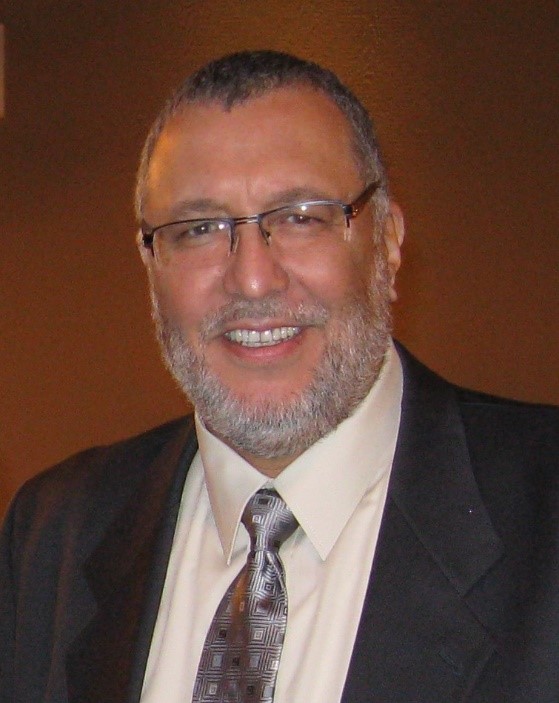 Frederico Wilson is currently the owner and President of an International Fluid Power Procurement and Sourcing Company; founder of a non-profit organization (under development); blogger at mestizoblog.com, focusing on multicultural perspectives and issues. He is a USAF veteran (environmental/missile inspection specialist); and former domestic and international professional in the Airline, Telecommunications, Sales, and Financial Securities industries. Originally from Arizona, he is a lifetime student of cultural anthropology and applied behavioral science. He attended Arizona Western and the University of Arizona and holds numerous military technical, and corporate management certifications and licenses.
Frederico Wilson is currently the owner and President of an International Fluid Power Procurement and Sourcing Company; founder of a non-profit organization (under development); blogger at mestizoblog.com, focusing on multicultural perspectives and issues. He is a USAF veteran (environmental/missile inspection specialist); and former domestic and international professional in the Airline, Telecommunications, Sales, and Financial Securities industries. Originally from Arizona, he is a lifetime student of cultural anthropology and applied behavioral science. He attended Arizona Western and the University of Arizona and holds numerous military technical, and corporate management certifications and licenses.
He is of mixed Mexican, Indian (Yaqui Tribe), Euro-Iberian, and Cornish Celtic ancestry. He lives, works, and writes in metropolitan Seattle, Washington.
He is best described by a quote attributed to Anthony Bourdain when recounting the preparation of a Burgundy wine-base rooster entrée.
“So, they take this big, tough, nasty-ass rooster, too old to grill, too tough to roast. Marinate and simmer the shit out of it, before it’s tasty.”
Frederico is the author of a new book, Escaping Culture: Finding your place in the world. Find out more on his website: mestizoblog.com
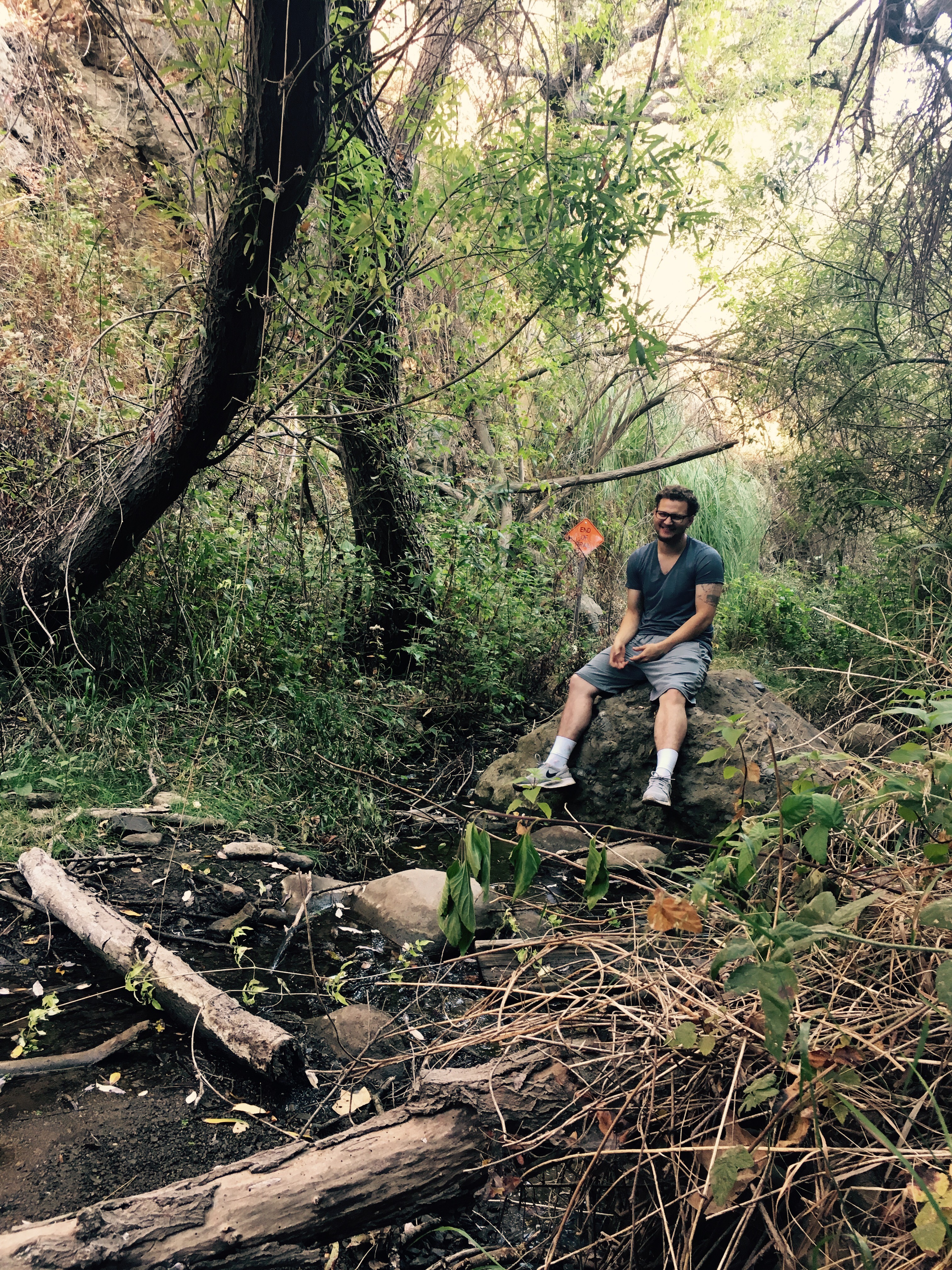 Kenneth Miks was born in Tracy, California, a small town right outside of the Bay Area. He is in his final year of his undergraduate studies at the University of California Los Angeles. Kenneth will be graduating with a major in sociology paired with a minor in African-American studies and will be continuing his intellectual journey into graduate school, with a focus on the social and cultural impact of the African diaspora that is felt globally.
Kenneth Miks was born in Tracy, California, a small town right outside of the Bay Area. He is in his final year of his undergraduate studies at the University of California Los Angeles. Kenneth will be graduating with a major in sociology paired with a minor in African-American studies and will be continuing his intellectual journey into graduate school, with a focus on the social and cultural impact of the African diaspora that is felt globally.
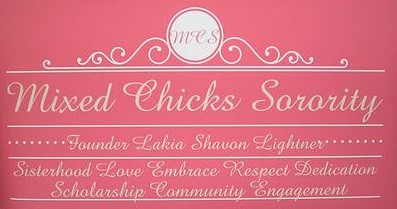

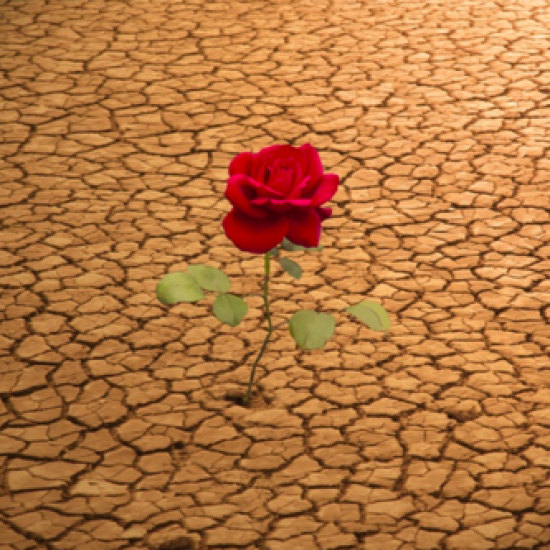

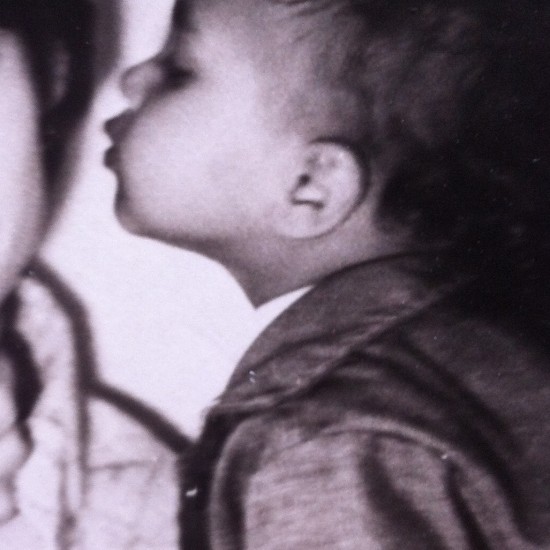
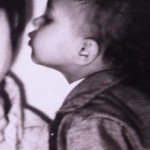 [/rescue_column] Tru Leverette works as an Associate Professor of English at the University of North Florida where she teaches African-American literature and serves as director of African-American/African Diaspora Studies. Her research interests broadly include race and gender in literature and culture, and she focuses specifically on critical mixed race studies. Her most recent work has been published in Obsidian: Literature in the African Diaspora and the edited collections Other Tongues: Mixed Race Women Speaking Out and The Search for Wholeness and Diaspora Literacy in Contemporary African-American Literature. She served as a Fulbright Scholar at McGill University in Montreal, Quebec, during the Winter 2013 term.
[/rescue_column] Tru Leverette works as an Associate Professor of English at the University of North Florida where she teaches African-American literature and serves as director of African-American/African Diaspora Studies. Her research interests broadly include race and gender in literature and culture, and she focuses specifically on critical mixed race studies. Her most recent work has been published in Obsidian: Literature in the African Diaspora and the edited collections Other Tongues: Mixed Race Women Speaking Out and The Search for Wholeness and Diaspora Literacy in Contemporary African-American Literature. She served as a Fulbright Scholar at McGill University in Montreal, Quebec, during the Winter 2013 term.